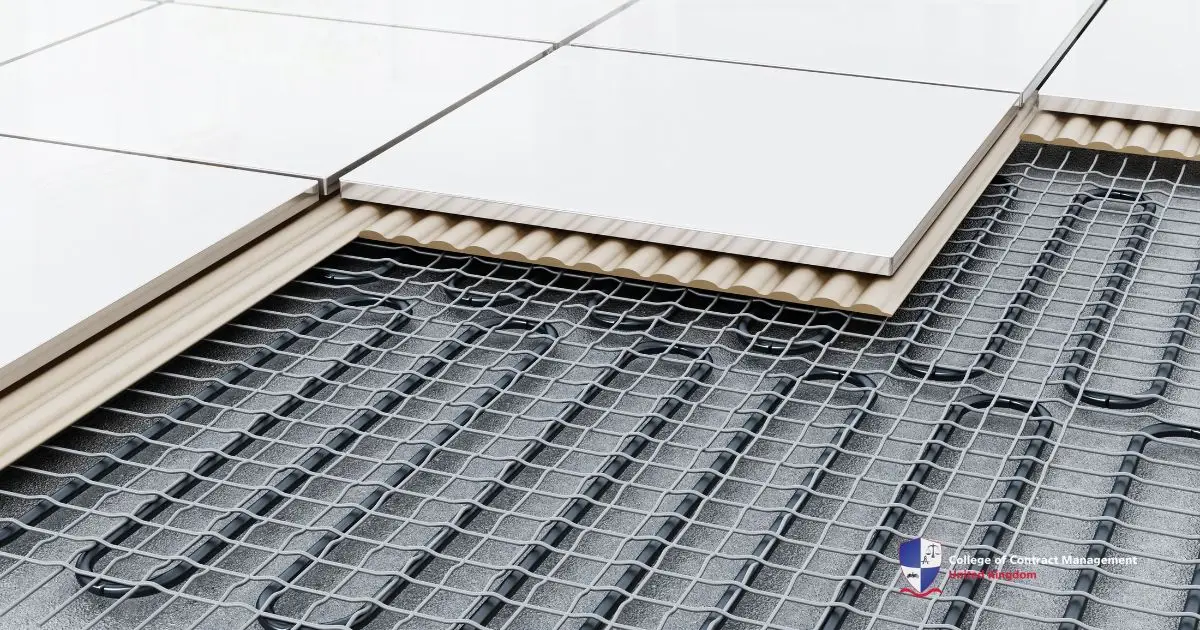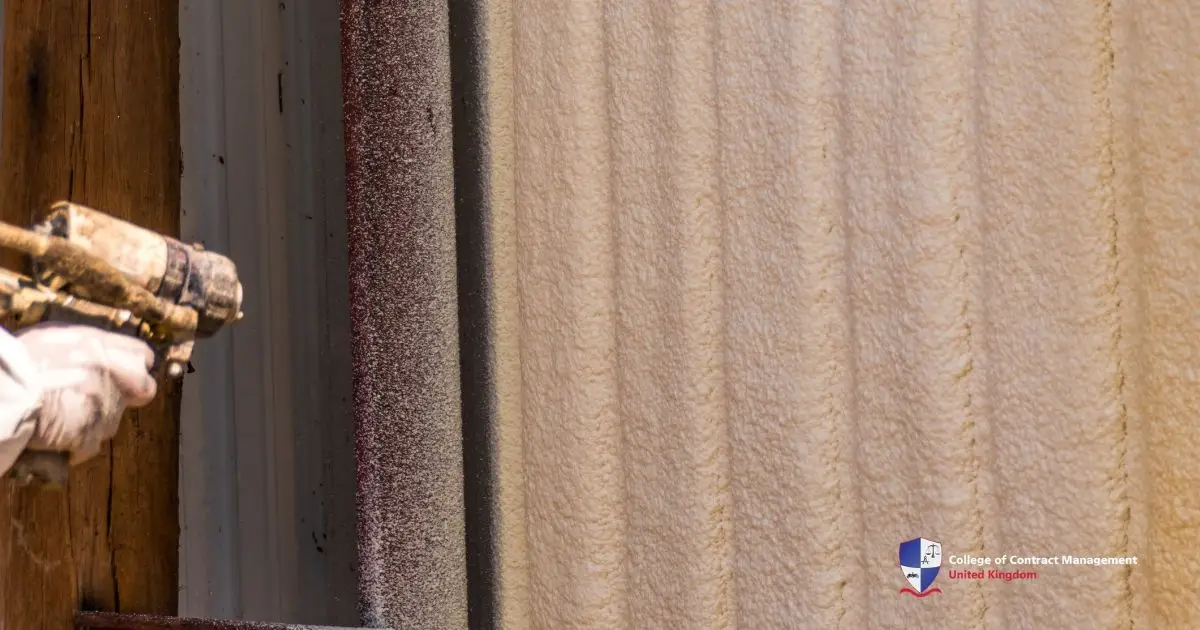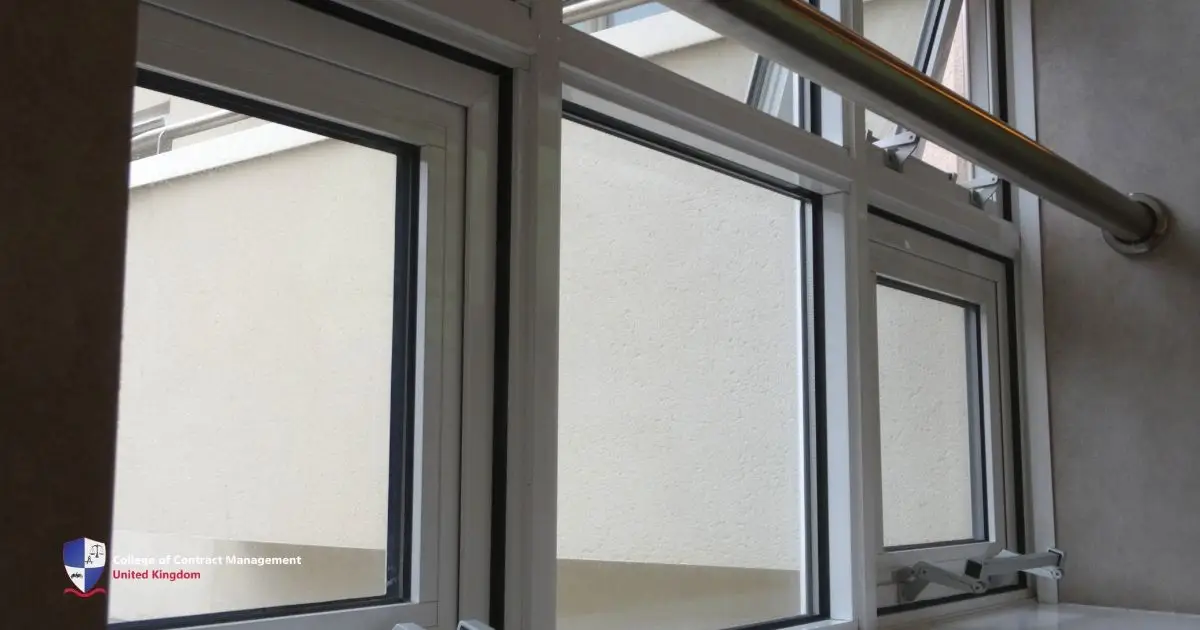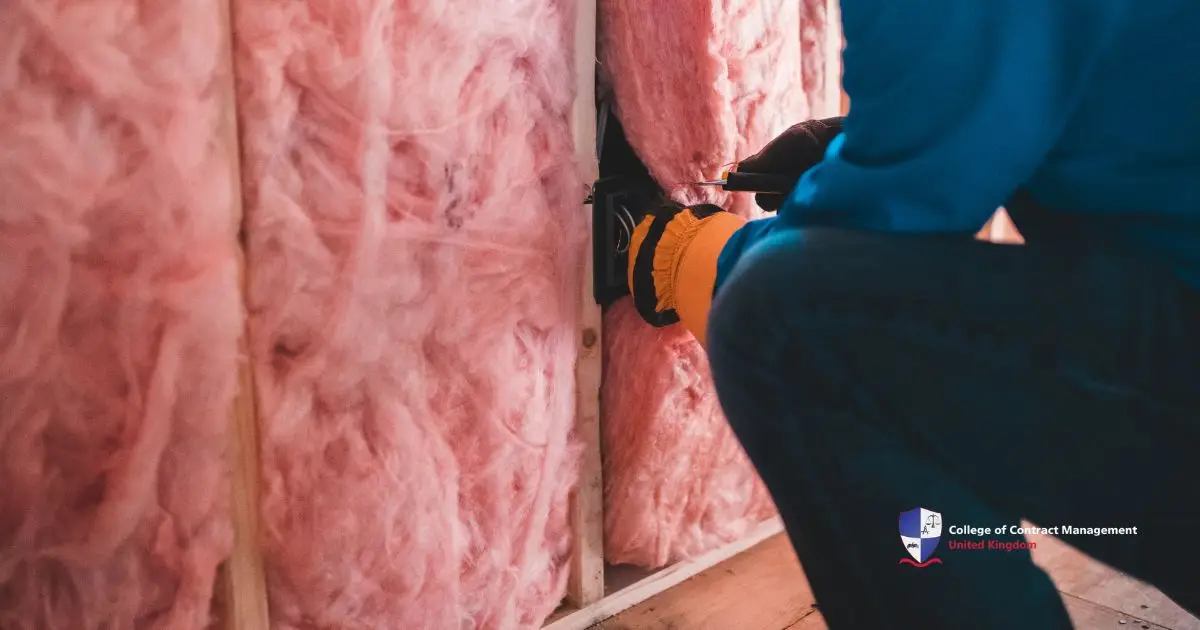Have you ever wondered why some buildings stay cool in the summer while others feel like an oven? Or why some homes retain warmth better in the winter? The answer lies in heat transfer. It's the movement of heat through materials and spaces. In construction, understanding how heat moves is crucial for designing energy-efficient buildings that stay comfortable in all seasons.
This article will explore how heat moves and how it affects buildings. We’ll also look at modern materials and technologies that help control heat flow, making construction smarter and more sustainable. In short, this guide will give you the key knowledge you need to understand heat movement in construction.
What is the meaning of heat transfer?
The term heat transfer means the way in which the heat (thermal energy) moves from a hotter object to a colder object. The flow happens due to temperature differences, and then the changes in temperature follow the process. It can happen in different ways, from direct to indirect heat transfer. However, this process affects almost every part of our life, including engineering and construction.
In construction, workers need to know how the heat moves to make buildings comfortable and use less energy. By using materials that block heat or reflect it, the building can keep the temperature without wasting too much energy. In addition to that, using proper ventilation to manage heat helps to keep the temperature just right. As a result, it reduces the need for extra heating or cooling and makes the building more eco-friendly. Types of heat transfer in a building.
Heat transfer moves in and out of buildings in different ways. It affects the room's comfort and energy use. If a building loses too much heat in winter or gains too much in summer, the energy cost can rise. For that reason, understanding how heat movement works helps workers build structures that are comfortable and use less energy.
There are three main ways of how heat moves in construction. Each of them works in a different way and affects how the building reacts to the outside temperature. In that case, understanding those processes is important to build things effectively. Therefore, let's learn the examples of them!
Conduction
One of the common heat transfer in construction is conduction. Conduction is the transfer of heat through a material or between materials in direct contact. It happens when a hotter part of a material heats up the cooler part. For example, when someone heats one end of a metal rod, the heat travels to the cooler end.
Convection
Another common heat transfer process is convection. In this method, heat transfers through a fluid due to the movement of the fluid itself. When hotter parts of the fluid rise, the cooler parts sink and create a circulation that distributes heat. For instance, warm air rises near a heater area, while cooler air moves in to replace the warm air.
Radiation
Heat transfer through radiation occurs when heat emits in the form of electromagnetic waves, such as infrared radiation. Since it doesn’t require any medium for transferring heat, radiation can happen through empty space. For example, people can feel the heat from the Sun on their skin although the air around them is cool.
The use of heat transfer in construction
The process of heat transfer is important in construction because it affects how the building temperature stays. Workers usually use different materials and techniques to control heat. For instance, they may use insulation or specialised windows to reduce unwanted heat loss or gain. By doing this, engineers can create buildings that save energy and last longer. Let's learn how each process of transfer of heat works!
- Conduction: In this case, the heat transfer through solid materials. For instance, walls, floors, and roofs. To keep the temperature just right, buildings usually use insulation materials like fibreglass and mineral wool. In addition to that, thermal mass materials like concrete and brick can absorb heat. Those materials help to keep the interior warm in winter and cool in summer.
- Convection: Convection happens when heat moves through air or liquid. This is because of the temperature differences that affect air circulation in a building. To prevent overheating, ensure proper ventilation systems are installed. Besides, using double-glazed windows helps to slow down heat movement.
- Radiation: Aside from the previous ones, radiation moves heat through heat waves. The result of this process is like the warmth of the sun. To control this, buildings use reflective roof coatings that bounce sunlight away. Solar panels also use radiation to turn sunlight into electricity. As a result, those efforts help to use the energy from the sun effectively.
Impacts of heat transfer on building materials
Heat transfer affects the building materials and room temperature. This change can lead to energy waste and make the room uncomfortable. When heat moves through windows, walls, and roofs, it can lead to unstable temperatures. As a result, the energy cost will increase and the material will weaken over time. To fix this, choosing the right materials helps buildings stay cooler in summer and warmer in winter. In the end, this effort helps to save energy and make buildings last longer. Here are further explanations about the impacts of heat movement:
- Window glazing: In a building, windows help control the temperature. Using single-pane windows can increase energy bills because of the constant heat transfer. To fix this, glazing the windows helps to keep the temperature just right.
- Insulation materials: Using insulation materials helps to slow down the heat movement. Without using them, buildings might lose heat in cooler weather and gain too much heat in hotter weather. For this reason, materials like fibreglass and foam protect against heat.
- Building foundation: The foundation of a building also affects temperature. Heat can move through the walls and floors. Without proper insulation, the room can be less comfortable due to unstable temperatures.
- Roofing material: Choosing the right roof for the building affects heat transfer. Dark roofs absorb heat and make buildings warmer inside. Meanwhile, light-coloured roofs help keep buildings cooler. Too much heat can also damage the roof over time, causing cracks and wear.
The future of heat transfer in construction
As technology gets better, buildings are becoming better at managing heat movement. Future construction will focus on materials and designs that use less energy and make the room more comfortable. Hence, researchers need to do more research to create solutions for those issues. These researches include advanced materials, smart building technologies, and the effects of climate change.
One major improvement is smart windows that adjust to temperature changes. These windows can darken in hot weather to block heat, then become clear in cold weather to let warmth in. In addition to that, new insulation materials will help save energy. Recently, scientists have created very thin insulation materials that block heat better. In short, both materials help keep the building warm in winter and cool in summer.
Besides materials, building foundations and roofs play an important role in handling heat. Some future buildings may use geothermal systems to keep the ground temperature stable without using too much energy. At the same time, some buildings may even use solar panel roofs to produce power while controlling heat. In the future, heat transfer will be better for construction and the environment.
Conclusion
To sum up, heat transfer is very important in construction. This is because it affects how energy-efficient a building can be. As a result, it affects how comfortable people are inside and how it can affect our environment. This makes it important for the construction industry to have a good idea of how heat moves and understand what building materials do in terms of temperature. These two factors combined can guarantee structures that save more energy and are nicer to occupy.
If you are interested in learning more about the construction industry, you can check out the College of Contract Management. Here at the College, we offer a wide range of courses that can help you kickstart or advance your career. Whether you are interested in construction or other courses such as health care and business management, the College of Contract Management has got you covered.





